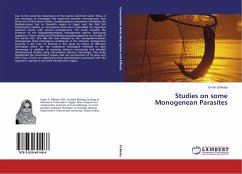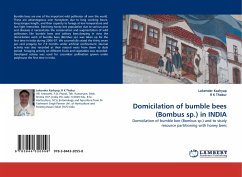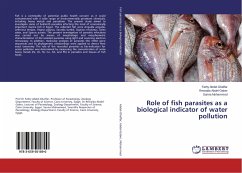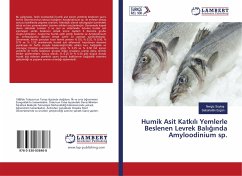Two species of the genus Diplectanum Diesing, 1985 have been described according to the general criteria: Body elongate, the haptor is constricted off from the body proper and it is supported with a variety of sclerites which include seven pairs of marginal hooklets, two pairs of hamuli, three transverse connecting bars and two squamodiscs (one dorsal and one ventral) consisting of concentric rows of spine-like scales or rodlets, head organs well developed, two pairs of eye spots are present, intestine bifurcates giving two unramified intestinal caeca which are not united posteriorly, testis is single and median lying dorsally in the body region posterior to the ovary, seminal vesicle formed by big dilation of vas deference. The male accessory glands are present, bulbs ejculatorius is present, cirrus is partly tubular without accessory piece, and ovary is pretesticular. Vagina is sclerotized or unsclerotized.








